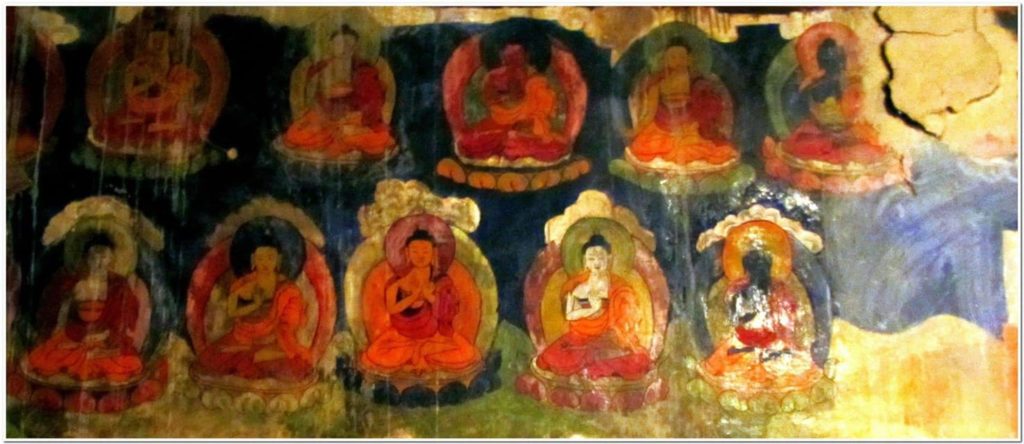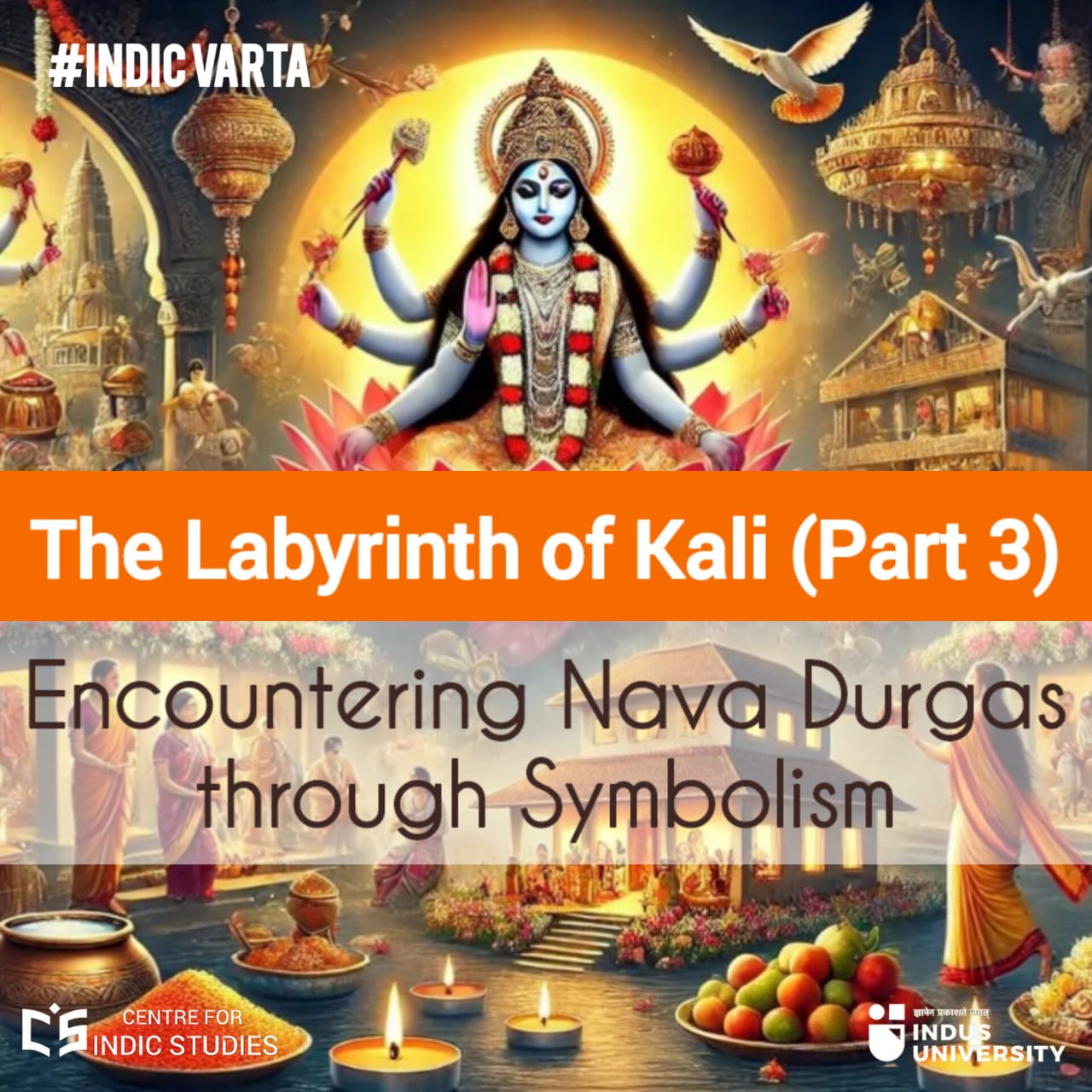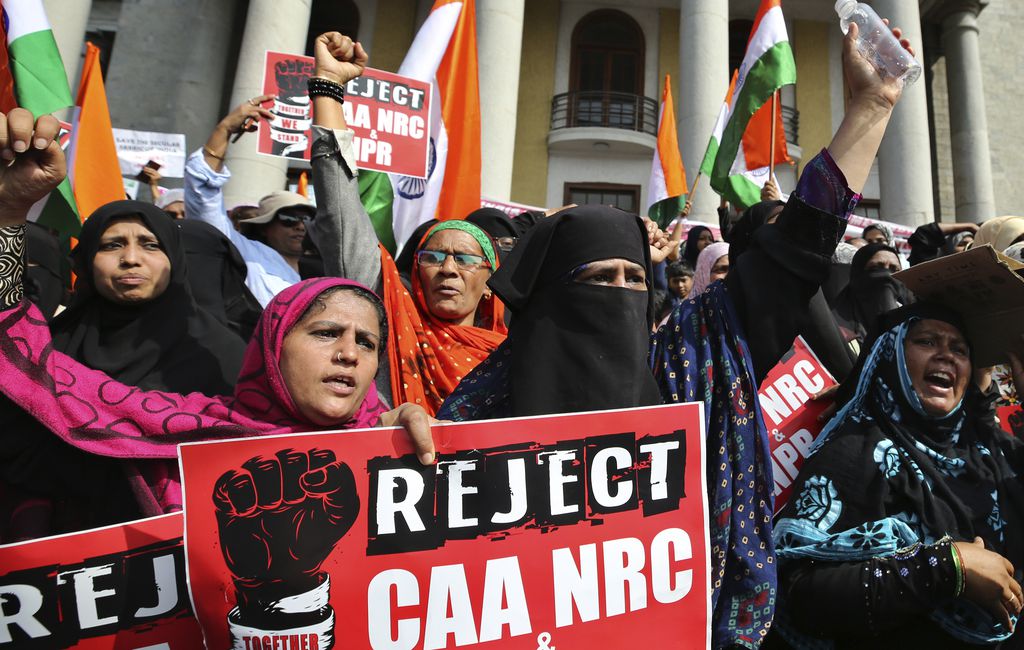- Visitor:32
- Published on:
Shef’s Dharmic Trail. The Road To Tabo
Tabo Monastery is considered to be the oldest continuously operating Buddhist monastery in India. It is often referred to as the Ajanta of the Himalayas, due to its wonderful wall frescos painted using vegetable and mineral colours.

After one day’s halt at Nako, we started towards Kaza, our next halt. Kaza is the administrative capital of Spiti valley, and can be called a ‘city’, though it is little more than a motley collection of govt buildings, private mud and brick homes and some hotels and restaurants. It is a picturesque little place, located on the riverside, but more about Kaza later.
The drive from Nako to Kaza takes more than 6 hours, even though the distance is only a little more than a hundred kilometers. The chief reason is the road. Constant landslides and falling scree ensures that the road quality is very patchy at best, even though BRO makes valiant efforts to maintain the road. Even getting labour at such heights is a problem as the local population is very less, and labour from the plains finds it hard to adjust to the extremely cold, dry and oxygen starved climate of Spiti valley. It is a long, lonely road, with hardly any traffic in site. You get the feeling of time travel, like somehow, you have transported yourself into another age.
I could imagine trade caravans and Buddhist monks treading this treacherous path centuries ago, when there were no roads and no means of communication. Even now, travel in Spiti valley is no picnic, one can only imagine how it must have been in the past! Buddhist monks carried with them, paintings of their deities rolled into scrolls and fitted into metal tubes. That’s how we got thangka paintings.
We started from Nako in the morning, after a good breakfast of buckwheat pancakes and eggs, followed by sweet, hot tea. Our first stop was the Tabo monastery, a heritage monastic complex maintained by the ASI that has survived largelybintact for more than a thousand years!
Tabo Monastery is considered to be the oldest continuously operating Buddhist monastery in India. It comprises a total of 9 temples, 4 stupas, 23 chortens and monks quarters. The monastery complex is located in a flat valley at an altitude of over 10,000 feet, surrounded by towering, craggy mountains. It is often referred to as the Ajanta of the Himalayas, due to its wonderful wall frescos painted using vegetable and mineral colours. Tabo is located a little off the Nako-Kaza road at a distance of 60 kms from Nako. It took us close to three hours to reach Tabo from Nako.

You can see the monastery complex from afar. What is remarkable about the Tabo monastery complex is that all its 9 temples and many stupas are mud and rock structures that have survived intact due to the lack of rain and the cold, dry weather of the valley.
Tabo Chos-Khor was founded more than a thousand years ago in 996 CE, even earlier than the great Brihadeeshwara temple of Thanjavur, to give you a sense of time. Since its construction, the monastery complex has continued to function like an island, no matter how many political upheavals have taken place in the last millennium. Tabo monastery is said to have been founded by the same Lhotsava or translator, Rinchen Zangpo who founded the monastery complex at Nako. The paintings in the main temple are truly stunning.
Standing tall as a fortified complex in the cold and rocky Tabo Valley, Tabo monastery is a study in contrast, with its simple mud plastered exterior and a rich, gilded and painted interior. The monastery also runs a guest house where visiting scholars and travellers can stay with prior intimation.
Clustered around the monastery is a small village with a couple of eating places, where we had hot, steaming soup. I also got my much needed bio break there. Pawan had warned me against drinking too much water, the the road is very lonely and treeless, with hardly any human habitation along the way. I dutifully listened to him, and drank only a few sips of water. After spending a couple of hours at the monastery, we started travelling towards Dhankhar, another old Buddhist monastery.
Center for Indic Studies is now on Telegram. For regular updates on Indic Varta, Indic Talks and Indic Courses at CIS, please subscribe to our telegram channel !
- 16 min read
- 0
- 0










